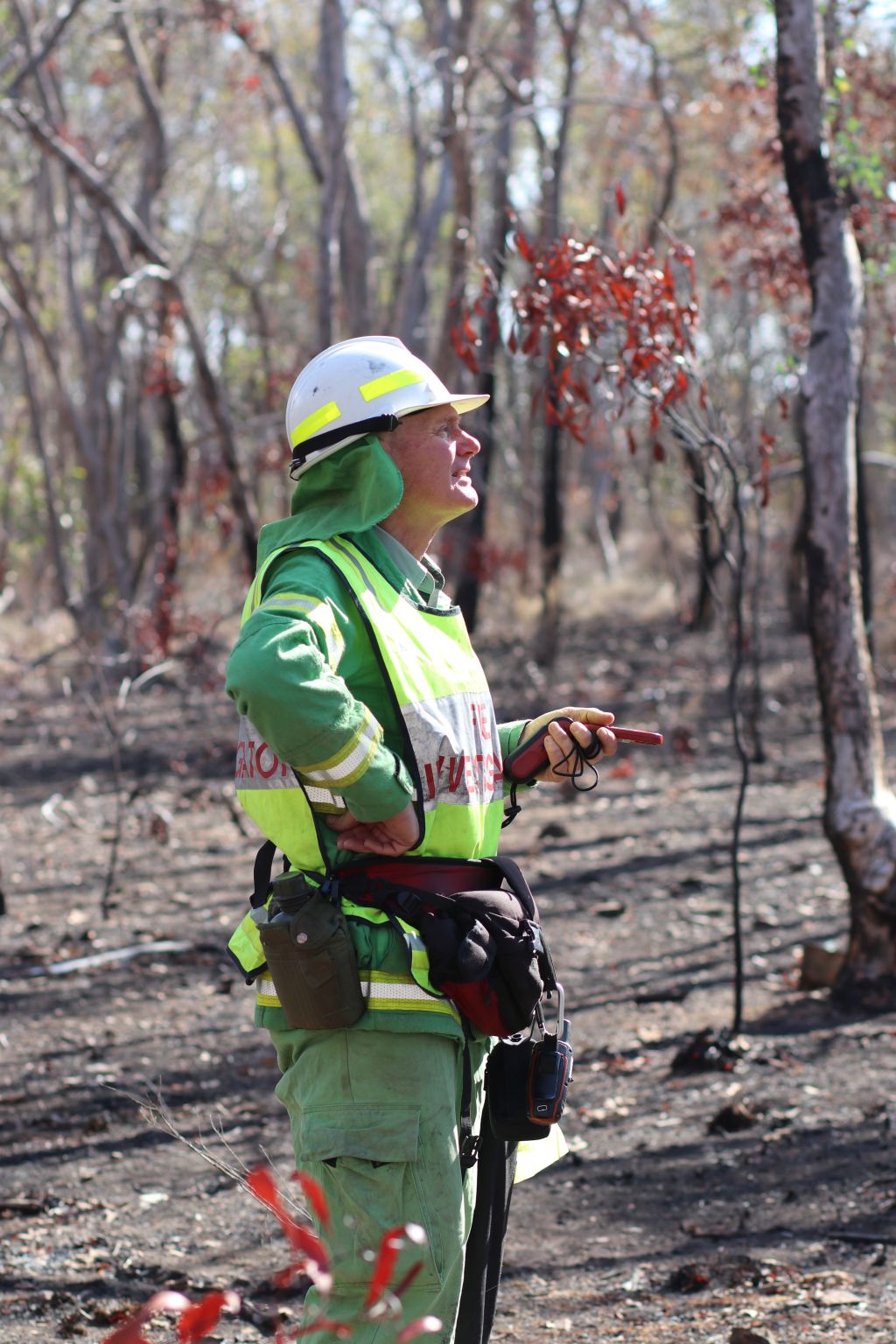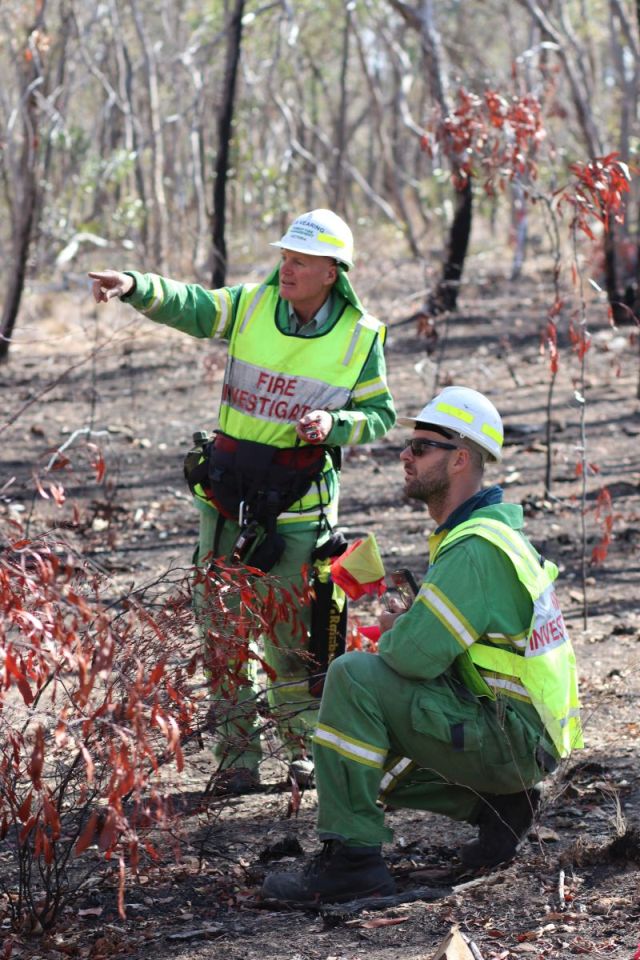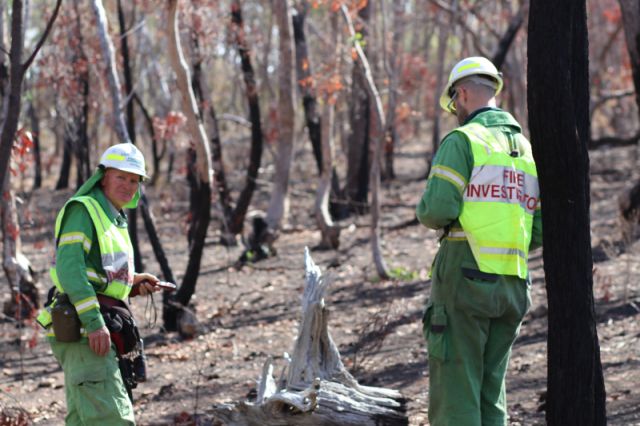The crackle of dry leaves underfoot, the acrid scent of smoke in the air – for most, these are signs of danger and devastation. But for fire investigators, these are the clues, the starting points of a complex puzzle.
For one seasoned investigator, Les Vearing, the path into this crucial role was ignited by a very personal experience in the early 1990s near Castlemaine.
‘We had 2 arsonists who lit around 60 fires over a 2-year period,’ Les recalls.
‘That really prompted me to get trained up as a fire investigator, and thankfully, we eventually caught those responsible.’

So, what exactly does a fire investigator do?
‘Our job is to determine where and how bushfires start,’ he explains.
‘On larger fires, we also track the path and the impact. If we charge someone with lighting a fire, we need to ensure it was the same fire all the way from one end to the other.’

Not every bushfire triggers an investigation
All bushfires that are believed to be human-caused need to be investigated.
There are a lot of indicators used to work out how a fire starts, such as char lines on trees, the impact side on shrubs, leaf freeze, grass stem fall and the intensity of the fire.
In the decades since Les began investigating fires, a concerning trend has emerged in the primary cause of bushfires.
‘It used to be lightning, but this year it has been deliberately lit fires and escapes from campfires,’ Les said.
Verifying a fire was deliberately lit can be challenging. ‘If we find evidence of an incendiary device (device designed to start fires), it can be easy, but often it's a process of ruling out all other causes of the fire.’
What's most interesting about the job?
‘The challenge of tracking a fire back to its start and figuring out how it began. Catching who started it and preventing future fires is very satisfying.’
A standout case was the massive 2013 Aberfeldy fire, ‘by the time I got there, the fire was around 80,000 hectares, but we were able to track it back to where a landowner had been doing some burning off.’
Dispelling common myths is also part of the job. ‘One of the more common misconceptions people have is that cigarettes start lots of bushfires.
'They can, but it takes a unique set of circumstances and is not very common.’
Vast, burned areas pose challenges like wind shifts and access. Technology like aircraft photos, satellite imagery, and CCTV footage are increasingly valuable.
From a local threat to a specialist career, Les’ life as a bushfire investigator has blended detective work, scientific understanding, and a commitment to protecting the landscape.
Page last updated: 25/06/25
